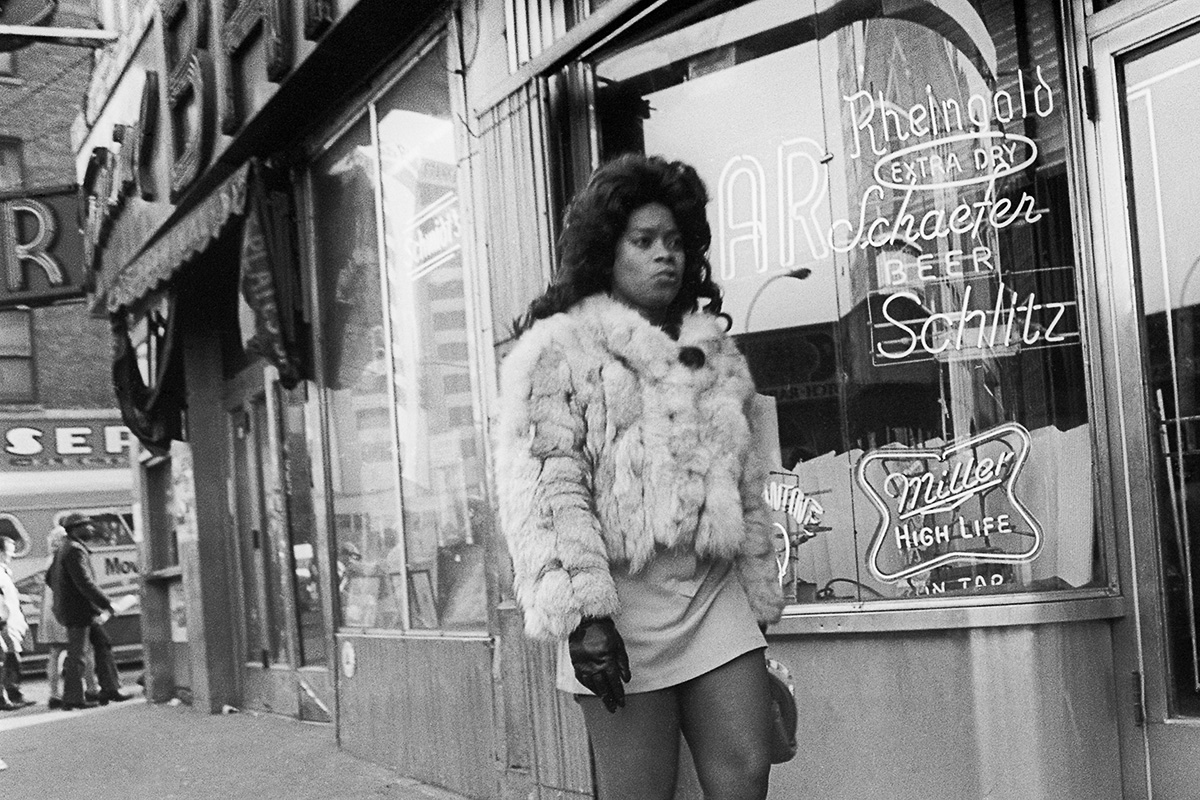Exploring The Underbelly: Times Square Prostitutes
Times Square, once known as the heart of New York City, has a rich history intertwined with both glamour and grit. While the area is often celebrated for its bright lights, theaters, and bustling atmosphere, there's a darker side that many choose to overlook - the presence of prostitutes. The phenomenon of Times Square prostitutes is not just a reflection of the city’s nightlife but also a complex socio-economic issue that has evolved over the decades. As one of the most iconic locations in the world, Times Square has seen a myriad of changes, from its transformation into a family-friendly tourist destination to its historical reputation as a red-light district. This article delves into the lives of those who inhabit this shadowy world and seeks to understand the circumstances that lead individuals to become involved in sex work.
In the early 20th century, Times Square was notorious for its adult entertainment and illicit activities. While many might associate the area with Broadway shows and street performers today, the reality is that the streets still attract those seeking companionship, albeit under less than ideal circumstances. The stories of Times Square prostitutes often highlight a struggle for survival, reflecting broader societal issues such as poverty, addiction, and systemic inequality. Through this lens, we can begin to empathize with their plight and recognize the underlying factors that contribute to this ongoing issue.
Ultimately, the narrative of Times Square prostitutes is one that deserves attention and understanding. By shedding light on their experiences, we can foster a more compassionate dialogue about the complexities of sex work and advocate for policies that support vulnerable populations. In this exploration, we will answer key questions about the demographics, challenges, and social perceptions surrounding Times Square prostitutes.
What is the History of Times Square Prostitutes?
The history of Times Square prostitutes is closely tied to the evolution of the area itself. Once a thriving hub for entertainment and vice, Times Square's reputation began to shift in the mid-20th century as urban renewal efforts aimed to clean up the streets. Despite these attempts, the legacy of sex work remained deeply entrenched in the fabric of the neighborhood.
How Has the Image of Times Square Prostitutes Changed Over Time?
As Times Square transformed from a seedy red-light district to a family-friendly tourist hotspot, the image of its prostitutes also evolved. In the early years, sex workers were often visible on the streets, but as the area gentrified, they became more discreet. The change in visibility reflects broader societal attitudes towards sex work, moving from acceptance to stigma.
What Are the Challenges Faced by Times Square Prostitutes?
The lives of Times Square prostitutes are often fraught with challenges, including:
- Criminalization of their work, leading to arrests and legal issues
- Stigma and discrimination from society
- Health risks, including exposure to sexually transmitted infections (STIs)
- Violence and exploitation from clients and traffickers
Who Are the People Behind the Times Square Prostitutes?
Understanding the demographics of Times Square prostitutes is crucial to grasping the complexity of their circumstances. Many come from marginalized backgrounds and face systemic barriers that push them into sex work. Factors such as poverty, lack of education, and unstable family situations often play a significant role in their decisions.
What Personal Stories Illuminate the Lives of Times Square Prostitutes?
Each prostitute has a unique story that reflects their individual circumstances. Some may have turned to sex work as a means of survival, while others may have been coerced into it. By sharing their narratives, we can humanize this population and foster a deeper understanding of their experiences.
What Are the Potential Solutions for Helping Times Square Prostitutes?
Addressing the challenges faced by Times Square prostitutes requires a multi-faceted approach, including:
- Legal reforms to decriminalize sex work and protect workers’ rights
- Access to social services, including healthcare, counseling, and job training
- Community outreach and support programs aimed at reducing stigma
- Collaboration with advocacy groups to promote awareness and policy change
What Role Do Advocacy Groups Play in Supporting Times Square Prostitutes?
Various advocacy groups work tirelessly to support Times Square prostitutes and address the systemic issues they face. These organizations provide resources, legal assistance, and educational programs to empower sex workers and help them transition out of the industry if they choose to do so. Their efforts are vital in changing public perceptions and improving the lives of those involved in sex work.
Can We Change the Narrative Surrounding Times Square Prostitutes?
Ultimately, changing the narrative surrounding Times Square prostitutes requires a collective effort to challenge societal norms and promote empathy. By acknowledging their struggles and advocating for their rights, we can pave the way for a more inclusive and supportive environment.
In conclusion, the story of Times Square prostitutes is one of resilience amidst adversity. As we continue to explore this complex issue, let us strive to create a society that offers understanding, support, and opportunities for all individuals, regardless of their circumstances.
Article Recommendations
- How Old Is Helena Vestergaard
- Who Is Alan Greenspan
- Where Is The Swans Streaming
- Understanding My Natal Chart
- What Is Dont Worry Darling About
- Is Shirley Caesar Alive Today
- Gunsmoke Lijah
- Nakoa Wolf Manakauapo Namakaeha Momoa
- Nikocado Avocado Fit
- Glorilla Implants




